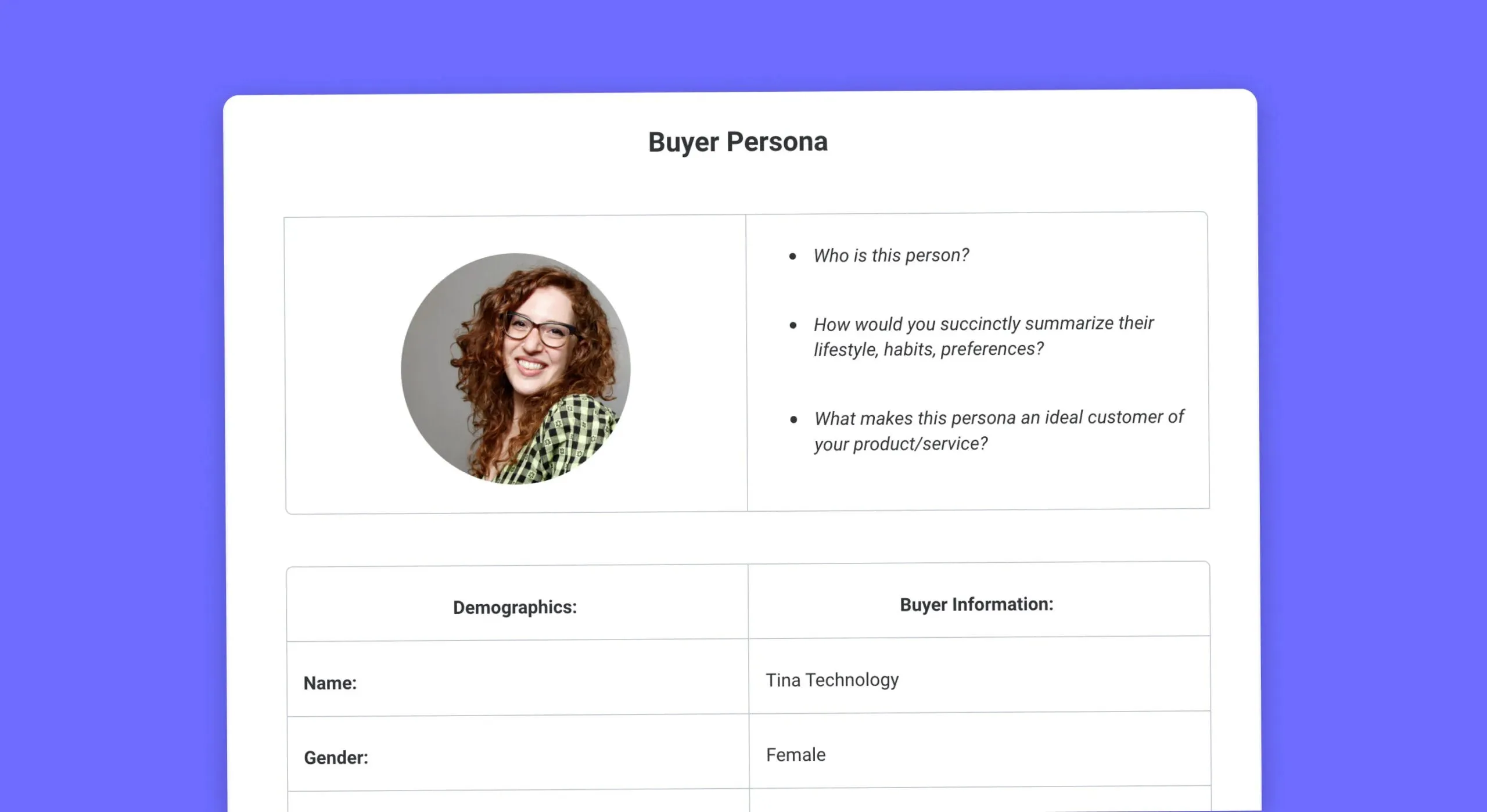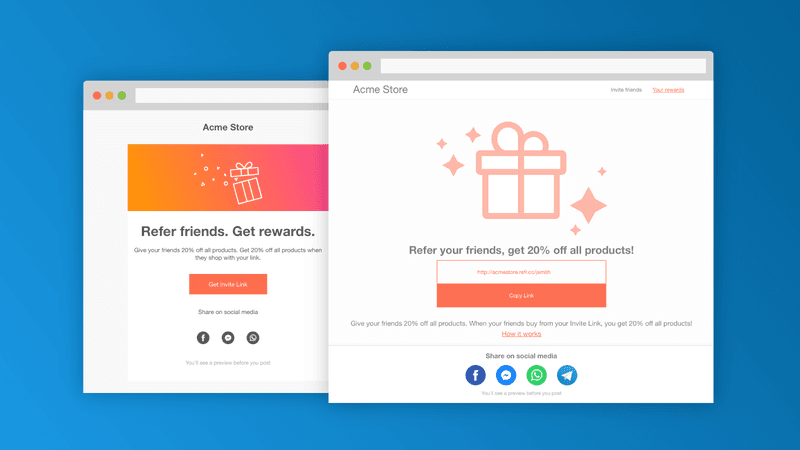What is a Marketing Funnel?
A marketing funnel is a model meant to serve as a roadmap that guides potential customers through the buyer's journey, from the initial awareness to making a purchase decision.
Published May 1, 2024

A marketing funnel is a model meant to serve as a roadmap that guides potential customers through the buyer's journey, from the initial awareness to making a purchase decision. While not all customers follow the same path to purchase, marketing funnels provide a framework for understanding the general stages that most buyers go through before making a purchase.
How marketing funnels evolved in time
Most marketing funnels have evolved from the traditional AIDA model, which stands for Awareness, Interest, Desire, and Action. This model was developed in the late 19th century by advertising pioneer Elias St. Elmo Lewis and is still widely used today.
However, with the rise of digital marketing and advancements in technology, the traditional AIDA model has undergone several changes. Today's marketing funnels often involve multiple channels, touchpoints, and interactions, making it more complex and dynamic than ever before.
The reason this complexity is important to understand is that each stage of the funnel requires a different marketing approach and strategy. Buyers don't make purchase decisions linearly - and marketers must tailor their messaging, content, and tactics to meet the specific needs and expectations of customers at each stage.
B2B marketing funnel vs B2C marketing funnel
B2B consumers/ buyers and B2C consumers might have plenty of similarities (like both seeking value and quality products), but there are significant differences in their purchasing behaviors and decision-making processes. Thus, the B2B marketing funnel differs from the B2C marketing funnel.
In B2B marketing, the focus is often on building long-term relationships with customers, which can lead to repeat business and more prospective customers.
Furthermore, most B2B buyers don't buy alone, but as groups (stakeholders, purchasing committees, etc.), making the decision-making process more complex and time-consuming. As a result, the B2B funnel may have more stages, and the process might be more drawn out compared to B2C.
On the other hand, B2C marketing often targets individual consumers through mass media channels and focuses on creating brand awareness and driving immediate purchase decisions. Additionally, B2C buyers are more likely to make impulse purchases based on emotional factors rather than logical reasoning.
How to define your buyer personas
Defining your buyer personas is important when you draw a marketing funnel - so important you should do it before even drawing the funnel. Buyer personas are semi-fictional representations of your ideal customers, based on market research and real data about your existing customers.
To create accurate buyer personas, you'll need to gather information such as:
- Demographics
- Consumer behavior patterns
- Motivations
- Pain points
- Goals and aspirations of your target audience
Why are marketing funnels important?
Marketing funnels provide a structured framework for nurturing leads and guiding them through the decision-making process. They help businesses streamline their marketing efforts, optimize resource allocation, and ultimately drive conversions and revenue growth.
It is essential to understand marketing funnels are a blueprint, not a magic formula. Every business and target audience is unique, and your marketing funnel should be tailored to fit your specific goals and needs. By understanding the stages of a marketing funnel and adapting them to your business, you can effectively guide potential customers towards making a purchase decision.
The stages of the marketing funnel
As mentioned before, every business will have its own model for their marketing funnel. However, the main marketing funnel stages will always revolve around the following:
The awareness stage (top of the funnel)
At this stage, the goal is to attract the attention of potential customers and make them aware of your brand, product, or service. Keep in mind that "awareness" might translate differently across different industries.
For instance, in some industries or niches, the buyer might be solution-aware or problem-aware. In these cases, your "top of the funnel (TOFU)" is focused on providing valuable information and solutions to address their specific pain points and needs.
Most frequently, the marketing assets you create for the awareness phase include:
- Blog posts (often optimized for organic search)
- Social media posts
- Infographics
- Videos
- Podcasts
The consideration stage (middle of the funnel)
Once potential customers are aware of your brand, you want to pique their interest and keep them engaged. This stage is critical because it's where a lead transitions into a qualified prospect.
For the consideration phase, you should focus on providing in-depth information about your products or services, building trust and credibility, and addressing potential objections.
This is all about comprehensive product overviews - introducing the potential customer into the next stage of the buyer decision process, where they measure your product, assess its capabilities, and often compare it to other similar products.
Some marketing assets that are commonly used for the MOFU stage include:
- Whitepapers and other digital products
- Case Studies showcasing product features and results
- Webinars, free courses, and other types of product-focused content
- Product demos
The desire / action stage (bottom of the funnel)
At this stage, a prospect has shown interest in your product or service and is considering making a purchase. The goal here is to push them towards conversion by showing the value and benefits of your offering and addressing any final objections they may have.
Marketing campaigns and marketing tactics commonly used for the purchase phase include:
- Free trials or demos
- Product comparisons
- Customer testimonials
- Compelling calls to action
Retention/ loyalty stage
The final stage of the funnel involves fostering long-term relationships with customers, encouraging repeat purchases, and turning them into brand advocates. This stage happens outside of the traditional sales / marketing funnel - it's a continuous effort to keep customers engaged and satisfied with your brand.
Some strategies for retaining customers and promoting loyalty include:
- Personalized communication
- Exclusive offers or discounts
- Loyalty programs and referral programs
- Affiliate programs
- Responding promptly to feedback and addressing any issues quickly
The stages described here are just a general guideline, and your marketing funnel may have more or fewer stages depending on your business model and target audience. The key is to continuously track and analyze the performance of each stage in your funnel, making necessary adjustments to improve conversions and ultimately drive business growth.
Overall, understanding the importance of the marketing funnel and how it functions can help businesses develop effective strategies for reaching
Marketing funnel vs. sales funnel: what's the difference?
While often used interchangeably, marketing funnels and sales funnels serve distinct purposes within the broader customer journey. Marketing funnels focus on attracting and nurturing leads, while sales funnels center on converting those leads into customers through direct sales efforts.
Think of it this way. Marketing funnels and sales funnels overlap when it comes to:
- Building brand awareness
- Generating leads
- Nurturing prospects through the decision-making process
However, once a lead reaches the bottom of the marketing funnel and becomes a qualified prospect, they are off the marketing team's hands - they enter the sales process and should be handled by your sales reps until they reach that purchase stage.
At this point, it's up to your sales team to use tactics such as consultations, product demos, or free trials to persuade them to make a purchase.
Creating a full-funnel marketing strategy
A holistic approach to marketing involves creating a full-funnel marketing strategy that addresses each stage of the funnel comprehensively and supports business growth at every stage of the funnel.
By integrating various marketing channels and tactics, businesses can ensure a seamless transition for prospects from awareness to conversion and beyond.
To create a full-funnel marketing strategy, consider the following tips:
- Understand your target audience and tailor your marketing funnel to their needs and preferences.
- Use a mix of different content types at each stage of the funnel, such as written, visual, and interactive content.
- Use various marketing channels, including social media, email marketing, paid advertising, etc., to reach potential customers at different touchpoints in the funnel.
- Continuously track and analyze the performance of each stage in your digital marketing funnel to identify areas for improvement and optimize resource allocation. Use analytics tools to measure customer stickiness and how each piece of content performs for them along the journey.
- Use retargeting tactics to re-engage potential customers who may have dropped off at a specific stage in the funnel (example: email campaigns, SMS, push notifications, retargeting ads campaigns, social proof).
- Create a strategy to improve the customer experience throughout the key stages of the funnel.
By implementing a full-funnel marketing strategy, businesses can ensure that no lead falls through the cracks and maximize their efforts towards conversions and revenue.
Measuring marketing at every stage of the funnel
To gauge the effectiveness of your marketing efforts, it's essential to measure key marketing funnel metrics at each stage of the funnel:
Typical TOFU metrics
Some of the most commonly measured top of the funnel metrics include:
- Website traffic
- Target keyword rankings (for informational keywords and navigational keywords)
- Social media engagement
- Email open and click-through rates
Typical MOFU metrics
The middle of the funnel is where leads start to show more interest in your brand, making it crucial to track metrics such as:
- Landing page conversion rates
- Target keyword rankings (mostly for navigational keywords)
- Webinar attendance rates
- Time spent on your website or blog
Typical BOFU metrics
At the bottom of the funnel, it's all about conversions. Some key metrics to measure at this stage include:
- Sales qualified leads (SQLs)
- Target keyword rankings (for transactional keywords or commercial keywords)
- Conversion rates
- Customer acquisition cost (CAC)
Typical retention metrics
Once a customer makes a purchase, the focus shifts to retention, aiming to transform a one-time buyer into a loyal customer. Retaining happy customers is often more cost-effective than acquiring new ones, making retention metrics crucial for understanding customer satisfaction and loyalty.
Some key metrics to monitor include:
- Repeat purchase rate
- Customer lifetime value (CLTV)
- Net promoter score (NPS)
- Retention rate
- 5-star customer reviews
By closely monitoring these marketing funnel metrics, businesses can gain insights into how effectively they are maintaining customer relationships, identify any potential issues early, and develop targeted strategies to increase customer satisfaction and loyalty.






![The Ultimate Keyword Research Guide [EASY WAY]](https://entail.mayple.com/en-assets/mayple/fit-in/280x280/keyword_research-1730017811510.jpg)
![How to do a SWOT Analysis The Right Way + [Free Template]](https://entail.mayple.com/en-assets/mayple/fit-in/280x280/634eafb224053437d14c9270_swotanalysistemplate_1f4242b19e98251e92387497f847801e_2000-1699775582876.png)